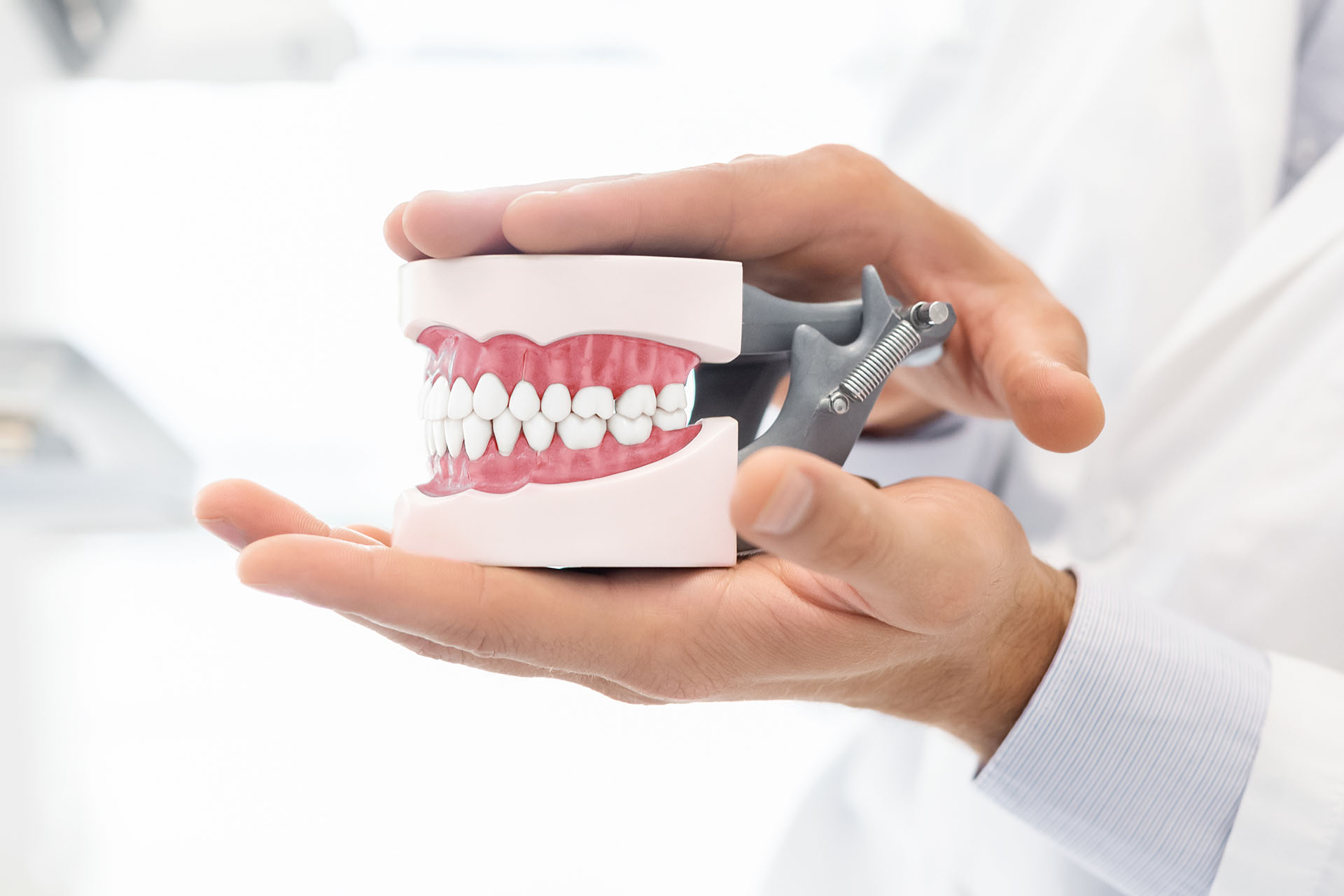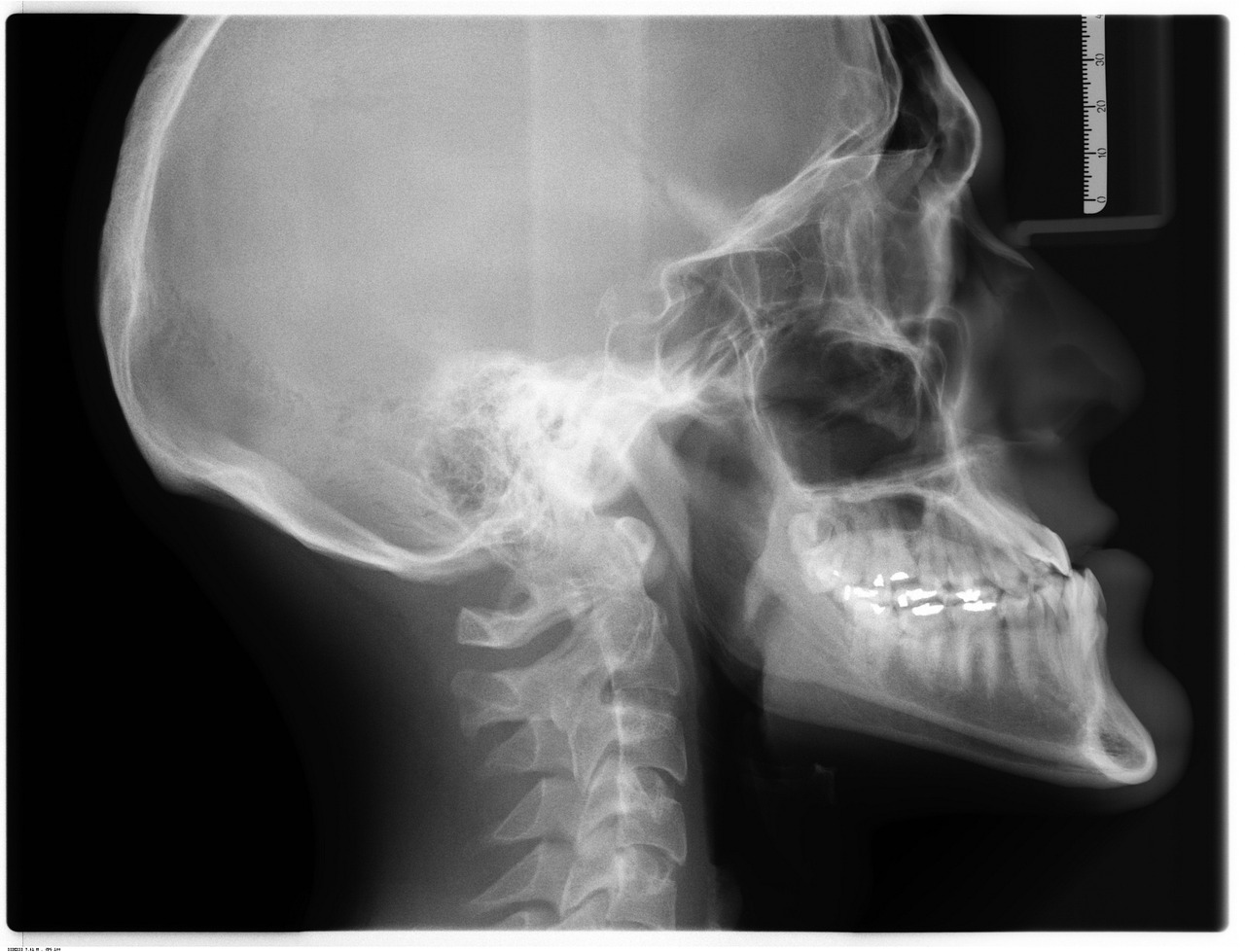
At the Orthospaceship, Dr. Isaac Hakim and Chantal Hakim provide orthodontic treatment alongside careful communication with your oral surgeon to prepare you for surgery.
Jaw Surgery for Los Angeles
What Is orthognathic jaw surgery and how does it help?
Orthognathic surgery is corrective jaw surgery performed by an oral and maxillofacial surgeon. It repositions the upper jaw, lower jaw, or both to improve function, balance, and aesthetics. While it can dramatically enhance appearance, its primary purpose is to improve health and function – helping patients chew, speak, breathe, and live more comfortably.
Jaw surgery involves a combination of orthodontic treatment and oral surgery. This means that your orthodontist will work closely with your oral surgeon in order to accurately and effectively plan your case.
Why an orthodontist is key to successful jaw surgery
Orthognathic surgery is never performed in isolation. The orthodontist sets the stage for success by carefully aligning the teeth before the surgeon repositions the jaws. Without this preparation, surgery cannot be performed properly, nor will results last long-term.
Think of it this way: orthodontics builds the foundation so the surgeon can build the house.
A skilled orthodontist will:
- Begin orthodontic treatment before surgery is scheduled, creating the right bite environment.
- Communicate regularly with your surgeon and share progress records.
- Take detailed molds, scans, and X-rays to track alignment and bite.
- Clear you for surgery only once the case is set up to perfection.
This collaboration makes the surgery easier, safer, and more predictable – and ensures that your results last a lifetime.
When should you see an orthodontist for jaw concerns?
If you suspect jaw surgery may be in your future, start with an orthodontist — not the surgeon. Your orthodontist will:
- Evaluate whether orthodontics alone can solve your issues.
- Refer you to trusted oral surgeons if surgery is necessary.
- Oversee the entire process to ensure your teeth, bite, and jaws are fully prepared for surgery.
Your orthodontist and surgeon should communicate throughout treatment to keep your case seamless from start to finish.
6 key signs you might need corrective jaw surgery
Patients often ask, “How do I know if I need jaw surgery?” Some common signs include:
- Difficulty chewing, biting, or swallowing
- Speech difficulties caused by jaw position
- Chronic jaw pain, headaches, or TMJ disorder
- Breathing issues like snoring or sleep apnea
- Facial imbalance (receding chin, long face, open bite)
- Teeth that don’t meet properly (overbite, underbite, crossbite, open bite)
Not everyone with these issues needs surgery – but when skeletal discrepancies are severe, jaw surgery may be the healthiest and most stable option.
What is the cost of jaw surgery?
At The Orthospaceship, we know cost is one of the first questions families ask — and one of the hardest to find a straight answer to online. In Los Angeles, jaw surgery typically ranges between $22,000 and $45,000, depending on whether one or both jaws are treated, the complexity of the case, and hospital or anesthesia fees.
Here’s the good news: when surgery is performed to correct functional issues like sleep apnea, TMJ pain, or severe bite discrepancies, most insurance plans cover a significant portion. Our team works closely with patients to simplify the process: we’ll review your insurance, provide letters of medical necessity, and outline financing options that make treatment more manageable.
Rather than viewing jaw surgery as just another dental expense, think of it as a long-term investment in health and comfort. Correcting skeletal problems today can prevent decades of TMJ pain, dental wear, breathing problems, and repeated treatments down the line. We’ll walk with you step by step to find a plan that works for your family’s needs and budget.


4 Jaw Surgery options in Los Angeles
Jaw surgery is not a one-size-fits-all solution. Depending on your symptoms and goals, your orthodontist and surgeon may recommend different surgical approaches to restore balance, comfort, and function. At The Orthospaceship, we guide you through each option, making sure you understand the “why” behind your treatment.
Pre-Surgical Orthodontic Preparation
Before any jaw surgery, braces or aligners are used to move your teeth into exact positions. This stage is crucial: without it, surgery cannot create a stable bite. Think of orthodontics as the foundation that makes surgery successful. While not technically “surgery,” it’s the first essential step in the jaw surgery process.
TMJ Surgery & Arthroscopy
When jaw joint damage or dysfunction is present, TMJ surgery may be recommended alongside orthognathic correction. Arthroscopy — a minimally invasive technique — can remove scar tissue, smooth joint surfaces, and restore mobility. For more severe cases, open joint procedures may be needed. Both approaches relieve pain and support long-term bite stability.
Bone Grafting for Jaw Support
A bone graft refers to the transfer of a piece of bone from one area of the body to the dental structure. This procedure frequently done by oral surgeons but can also be done by general dentists. We normally recommend a bone graft when the patient needs to get a dental implant but has insufficient jaw bone to support the implant.
Since the jawbone has to be firm and strong, the dentist or oral surgeon removes a piece of bone and places it on the jawbone to make it more resilient and durable. After a bone graft surgery, the patient is left to heal for a week or two. After healing, we can now start the procedure of placing the dental implant.
Orthognathic (Jaw realignment) Surgery
This is the main corrective surgery – repositioning the upper jaw, lower jaw, or both to improve function, breathing, and facial balance. By correcting severe overbites, underbites, open bites, or asymmetry, orthognathic surgery transforms both health and appearance. Patients often notice easier chewing, clearer speech, improved airway function, and a more balanced facial profile.
You can visit us at Orthospaceship to get the best jaw realignment services in Los Angeles.
Jaw Surgery FAQs
Is jaw surgery painful?
How long does recovery take?
Will I look different afterward?
Will my jaws be wired shut?
What can I eat after surgery?
How much does jaw surgery cost, and will insurance cover it?
Insurance coverage depends on whether your surgery is deemed medically necessary. When jaw surgery is performed to address health issues such as difficulty chewing, severe bite discrepancies, or sleep apnea, many insurance plans will cover a significant portion of the surgical expenses. Cosmetic-only cases are less likely to be covered. Orthodontic treatment coverage varies — some plans contribute, while others do not.
Although the costs can feel daunting, jaw surgery is best viewed as an investment in your long-term health and quality of life. Correcting jaw alignment not only improves appearance but can also prevent future dental problems, TMJ disorders, airway concerns, and the need for additional treatments later in life. At our office, we help patients understand their insurance benefits, provide letters of medical necessity when needed, and guide them through financing options to make treatment more manageable.
How long will I need braces or aligners?
The post-surgical phase often lasts another 6 to 12 months. After the jaws are repositioned, we continue orthodontic treatment to fine-tune your bite, ensure stability, and polish the final details so the results look and feel perfect. This finishing stage is what allows your new bite to last a lifetime.
In total, patients usually spend about 18 to 30 months in orthodontic treatment surrounding surgery. The exact timeline depends on the complexity of your case, your age, and how your teeth and jaws respond to treatment. At our office, we use advanced diagnostic tools and regular progress checks — including 3D imaging and models — to keep treatment as efficient and effective as possible.
Are there risks with jaw surgery?
Is getting jaw surgery worth it?
One of the most common things patients tell us after treatment is that they wish they had done it sooner. The results aren’t just cosmetic — they can improve your overall health, quality of life, and comfort for decades to come.
Our whole-health approach to jaw surgery at The Orthospaceship
Most orthodontic practices simply align teeth for surgery. At The OrthoSpaceship, we take a broader view. Orthodontics is about more than straight teeth — it’s about airway health, TMJ stability, facial balance, and long-term wellness.
Here’s what sets us apart:
- Comprehensive 3D CBCT imaging to evaluate airway, joints, and skeletal structures.
- TMJ and airway assessment before surgery, since unstable joints can compromise results.
- Close collaboration with surgeons, ensuring seamless communication.
- Patient-first philosophy — we educate, empower, and support you every step of the way.

Transform your smile
There are many reasons you may be dissatisfied with your smile, and many treatment options are available for residents of Beverly Hills and the greater Los Angeles CA area. Whether it’s a simple tooth extraction, a problem with the jaw bone, tooth alignment, or facial features something requiring a board certified oral surgeon, The Orthospaceship is the place to begin your journey.
Proper oral and maxillofacial surgery can have a range of benefits from correcting breathing problems such as sleep apnea, to improving cosmetic appearance without the need for plastic surgery.
Whatever your needs are, contact us to get started. Schedule a no-obligation free consultation and get your questions answered.
